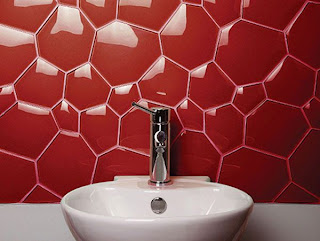

Eunsuk Hur is a textile designer who is looking to push the boundaries of fashion and interior design by exploring different materials and approaches leading to new textile futures. With her modular system of textile pieces called Nomadic Wonderland , she has manage to make a textile that can be transformed into everything from a high fashion dress, to a wall decoration or even a rug. It’s only your creativity that can stop you when it comes to the Nomadic Wonderland. Press + to see some amazing photos!





















